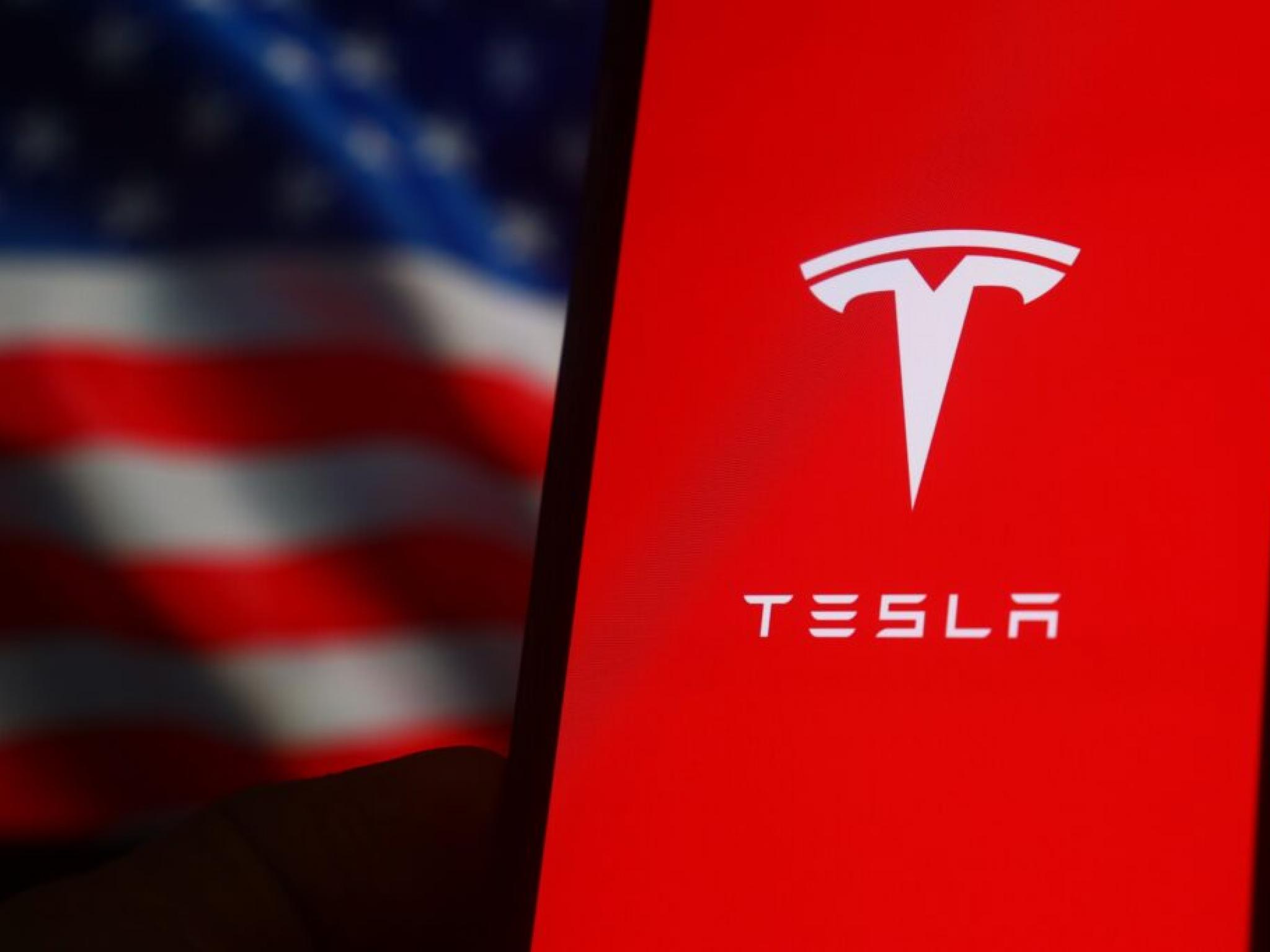
The past week in the auto industry has been a rollercoaster ride, with major players making headlines for a variety of reasons. From Japanese automakers Toyota Motor Corp (NYSE:TM) and Nissan Motor Co. Ltd. considering importing their U.S.-made vehicles to Japan, to Tesla Inc. (NASDAQ:TSLA) experiencing a sales slump in Europe, there’s a lot to unpack. Let’s dive in.
Toyota And Nissan’s Trump Strategy
In a bid to appease the Trump administration, Toyota and Nissan are reportedly contemplating importing their U.S.-made vehicles to Japan. According to Takaki Nakanishi, an expert cited by Reuters, this move is more about reducing trade friction and the trade deficit than business reasons. The annual import volume could be around 20,000 units.
Tesla’s European Sales Dip
Despite the Model Y being the best-selling vehicle in the region, Tesla’s sales in Europe continued their downward trajectory in September. Data from the European Automobile Manufacturers’ Association (ACEA) shows a 10.5% YoY decline, with Tesla selling 39,837 units in September. Year-to-date sales are also down nearly 29% from last year.
See Also: QuantumScape CEO Says Volkswagen Partnership Paves Way For Solid-State Car By 2030
GM Layoffs Amid EV Scale Back
General Motors Co. has reportedly laid off nearly 3,400 workers at its Ohio and Michigan production facilities as it scales back its EV efforts. The layoffs include over 1,200 employees at the Detroit EV plant and over 550 at the Ohio Ultium Cell plant.
Ford’s EV Outlook
Former Ford Motor Co. CEO Mark Fields predicts long-term growth in U.S. demand for electric vehicles as customers shift away from ICE-powered vehicles. However, he also anticipates a pullback amid the end of the Federal EV credit.
Xpeng’s Global Expansion
Xpeng Inc., a rival to Tesla, has announced plans to expand into new markets in Europe and Asia. The company will be entering Estonia, Lithuania, Latvia, and Cambodia, increasing its global sales and service network to more than 49 countries and regions.
Read Next:
Disclaimer: This content was partially produced with the help of AI tools and was reviewed and published by Benzinga editors.
Photo: Photo Agency / Shutterstock




